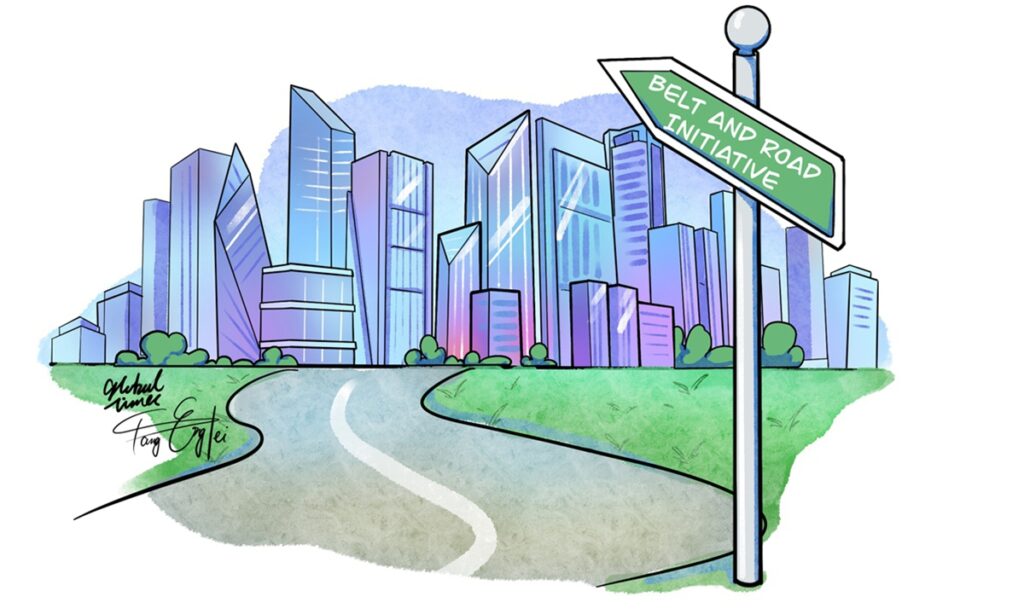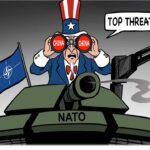It’s well-known that the overall attitude of the US and the West toward the Belt and Road Initiative (BRI) is unfriendly, and it is worsening with the advancement of the US strategy to contain China. Under such an atmosphere, it is rare and not easy for Foreign Policy magazine to publish an article which adheres to objectivity and rationality, recognizing and highly affirming the significance of the BRI. Although it cannot represent a shift in the US and Western public opinion, it at least indicates that the facts and truth about the BRI cooperation cannot be completely concealed and distorted.
The article’s viewpoint is very clear, stating that the BRI is not a sinister plot, but a blueprint for what every nation needs in an age of uncertainty and disruption. Taking the Red Sea crisis as an example, the article points out that there is precisely one pathway for a world plagued by dire mistrust and unpredictable crises to take meaningful collective action in the global public interest – and that is to build more pathways for supply to meet demand. And this is exactly what the BRI is doing. The article states that China is the one country that has known this – and acted on it – for years.
Coincidentally, the American magazine The Diplomat also published an article recently, considering the possibility of complementarity between the BRI and infrastructure aid programs of Western countries, rather than being outright competitors. The article points out that more attention should be paid to how “initiatives can leverage the positive outcomes of a given proposal to the benefit of the proponent and host country,” and “a purely competitive framing of economic initiatives is unlikely to be salient.” The wording is subtle, but the point it wants to express is clear: Confrontational thinking is not feasible in the trend of global infrastructure connectivity.
These two articles simply state the reality that can be seen at a glance without wearing colored glasses. However, we hope that they can positively have a significant effect in the Western world. The turbulent international situation, recurring regional crises, and various global issues facing the world are all there. The Belt and Road Initiative aims to promote connectivity and cooperative development between Asia, Europe, Africa and Latin America, offering a fundamental solution. In stark contrast, the US and its allies are focused on dividing the world in military, diplomatic, and economic fields, promoting confrontation and continuously creating crises. China and the Western world have different ways and means of dealing with the world’s turbulent crises, with different purposes and, of course, vastly different results. Apart from the Red Sea crisis, there have been many cases in this regard.
The BRI cooperation has demonstrated the power of connectivity and created greater development opportunities for many countries, objectively serving as a hedge against risks. More and more people are realizing the value and global significance of the BRI. In the face of systemic shocks to the global governance system, the BRI emerged and became one of the most important global public goods. It is historically inevitable for China to take the lead in providing such a huge public product when the US is now indifferent and Europe is powerless.
Some people who are trying to sabotage the construction of the BRI are using a zero-sum game mentality of either winning or losing to engage in public opinion mobilization and political instigation in certain Western countries. This article from Foreign Policy makes it clear that their actions are undermining the world and the global interests. It is believed that more and more people, including elites in the West, will gradually realize that only by working together and achieving common development through connectivity can we respond to global challenges and maintain world peace and prosperity.




